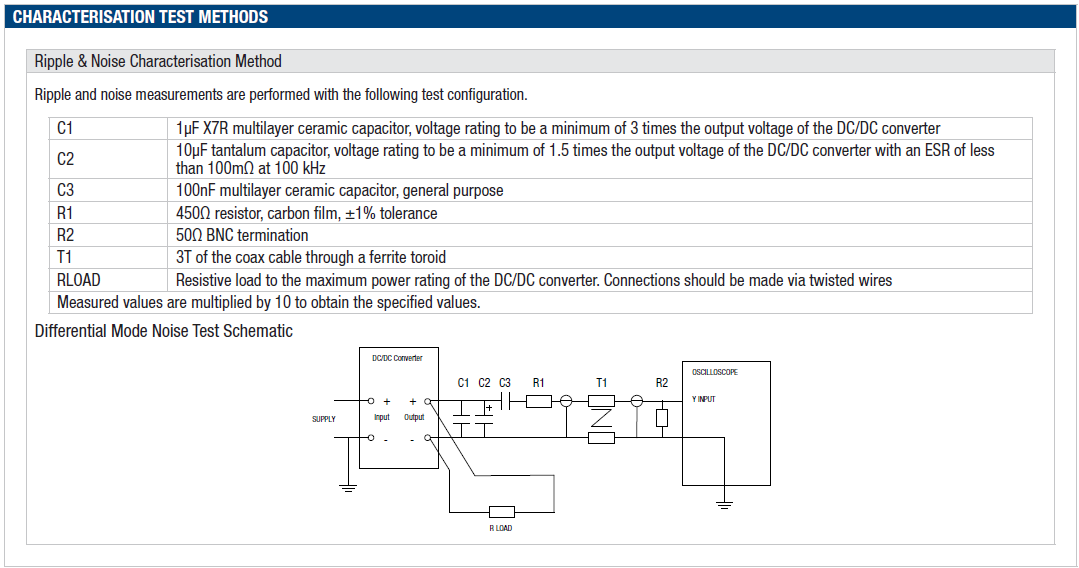powersys
Advanced Member level 1
Hi,
The datasheet of a DC/DC converter states that a output capacitor of 10uF is required for optimum performance. If we have choices (and temporarily ignore the cost factor), should I use a 35V 10uF tantalum capacitor (ESR@100kHz=0.1ohm) or 35V 10uF ceramic capacitor?
Cheers.
The datasheet of a DC/DC converter states that a output capacitor of 10uF is required for optimum performance. If we have choices (and temporarily ignore the cost factor), should I use a 35V 10uF tantalum capacitor (ESR@100kHz=0.1ohm) or 35V 10uF ceramic capacitor?
Cheers.
